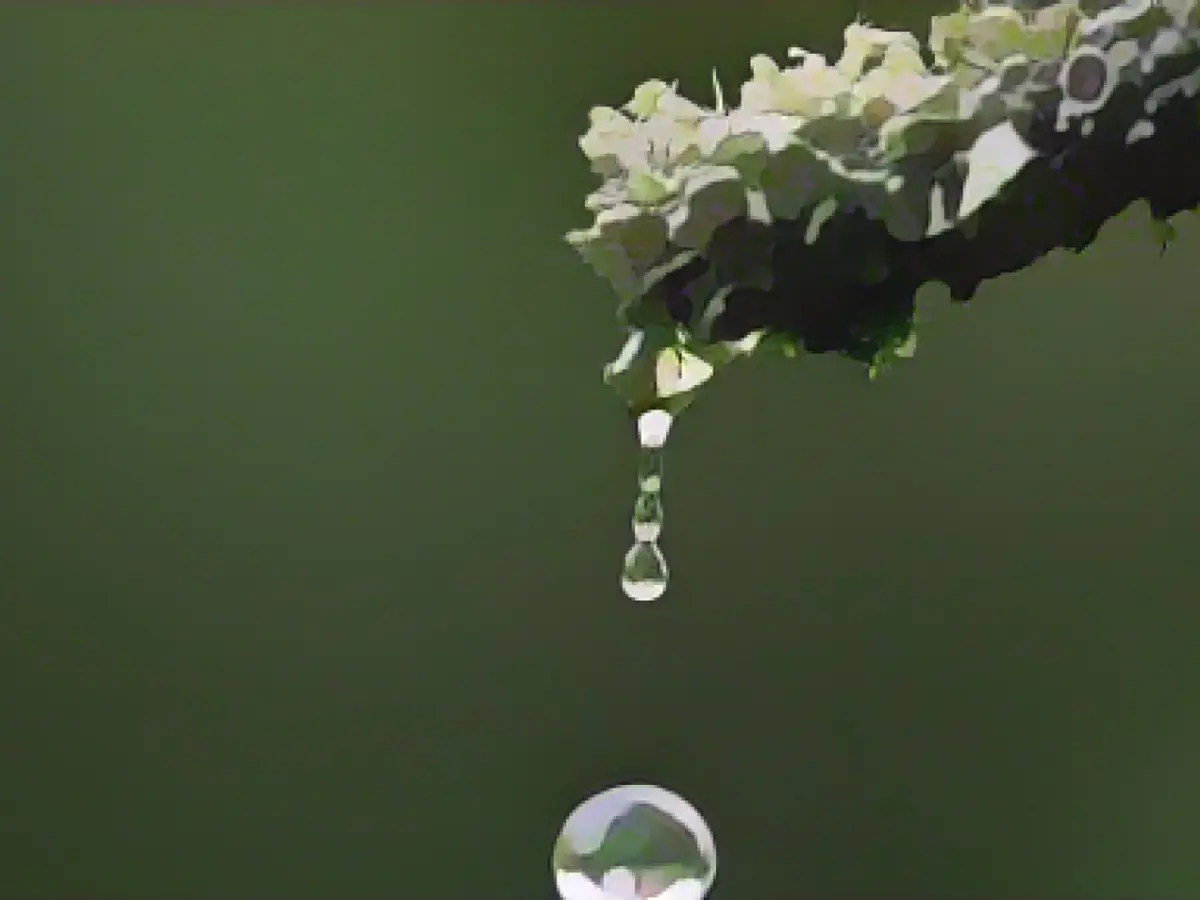Chillin' in the Heatwave: Germany's 2024 Summer Breakdown
If you thought the summer heatwave of 2022 was something, wait till you hear about the summer of '24. The German Weather Service (DWD) has the lowdown on this scorcher, and it ain't pretty.
Last summer, Germany experienced a mean temperature of 18.5°C, a whopping 2.2°C hotter than the standard from 1961 to 1990. Compared to the more recent and warmer reference period from 1991 to 2020 (17.6°C), we were cookin' 0.9°C hotter. So while 2024 didn't clinch the title for hottest summer on record, it did join the 28th consecutive warm summer club, as reported by the DWD.
But it wasn't all just sweat and discomfort. This summer teased us with a cool start that didn't heat up until later. August, in particular, went wild with a significant temperature deviation, making it one of the choppier summers on record. Sure, there were pockets of heavy rainfall, but the sunshine duration held pretty steady.
The south and east kept it sizzling
You know what they say - it's always hotter in the south and east. This summer was no exception. The "Siberian chill" was the rude awakening in June, freezing butts off in Meßstetten on the Swabian Alb at 1.4°C. But by August 13, our country was singin' a different tune, with Bad Neuahr-Ahrweiler, Rhineland-Palatinate, reaching a scorching 36.5°C - the hottest summer temperature of the year.
The hottest days of the summer were recorded in the lowlands and river valleys of southern Germany and Saxony. Waghaeusel-Kirrlach near Karlsruhe and Dresden were some of the lucky (or unlucky) places, according to the DWD. Heligoland, on the other hand, didn't see a single summer day in '24, and our coastal friends barely got a taste.
Water, water everywhere... except where you need it
It's funny how that works, isn't it? The balmy summer sunshine makes us all wonder where our water supply is, but when the rains come, it's a completely different story. This summer's rainfall levels were right on average, clocking in at 240 liters per square meter. But that average masks some pretty extreme regional discrepancies. While over 600 liters fell in Alpine areas, some northeastern areas saw scarcely 150 liters.
Those unfortunately located in the drier regions may as well have bottled up three months' worth of rain in a single day. Trendelburg in northern Hesse reported an unusually high 169.8 liters per square meter on August 1, while Nordhausen in Thuringia only recorded 114.9 liters on the same day. Meanwhile, Raubling-Pfraundorf in Upper Bavaria was drenched with an extreme 137 liters on June 3. In the Saxon Dippoldiswalde-Reinberg, a staggering 106.7 liters were measured on August 18.
15% more rays ain't all sunshine and roses
You might think 15% more sunshine is just what the doctor ordered. But as the DWD points out, our perception of a warm or cold summer has changed, thanks to climate change. What used to feel exceptionally warm between 1961 and 1990 no longer leaves quite the same impression. Keep that in mind when you're looking ahead a few years and considering how the hypothetical average from 2021 to 2050 might pan out.
The German Weather Service attributes the highest temperatures of 2024 to the south and east, specifically in the lowlands and river valleys of southern Germany and Saxony. While the rest of the country enjoyed an impressive sunshine duration of 712 hours (15% above the goal of 614 hours), the Alps were left in the shade with less than 600 hours.








